A decade ago, Kate Reid was a high-performance engineer working her dream job in Formula 1. Now, Melbourne residents spend hours queuing up for her internationally acclaimed pastries. In this thought-provoking chat, the former aerospace engineer turned Lune Croissanterie co-founder explains her incredible and inspiring change of heart.
Fresh out of university, Lune Croissanterie owner and founder Kate Reid was working in her “dream job” as an aerodynamicist for Williams F1. Melbourne-born, memories of her childhood are made up of those days she spent at the racetrack with her dad, an avid motorsport fan.
“My dad was always into cars and motorsport, so I grew up around the automotive world,” Reid tells me over a video call on a Wednesday morning, days before Lune is set to open at the Rosebery Engine Yards in Sydney. “I was probably considered to be a real daddy’s girl. I always wanted to hang out with him and do the things that he was doing.”
“When the Grand Prix moved from Adelaide to Melbourne in 1996, Dad announced that he was going to take my brother and me out of school on Friday so we could go to the track and see what it was all about. We arrived when FP1 was on, and the cars were already out on the circuit. Dad had given us earplugs, and I was like, wow, what is this dangerous sport that requires ear protection? But even with the earplugs in, back in 1996, the rip of the V10 engine just made my whole body vibrate.”
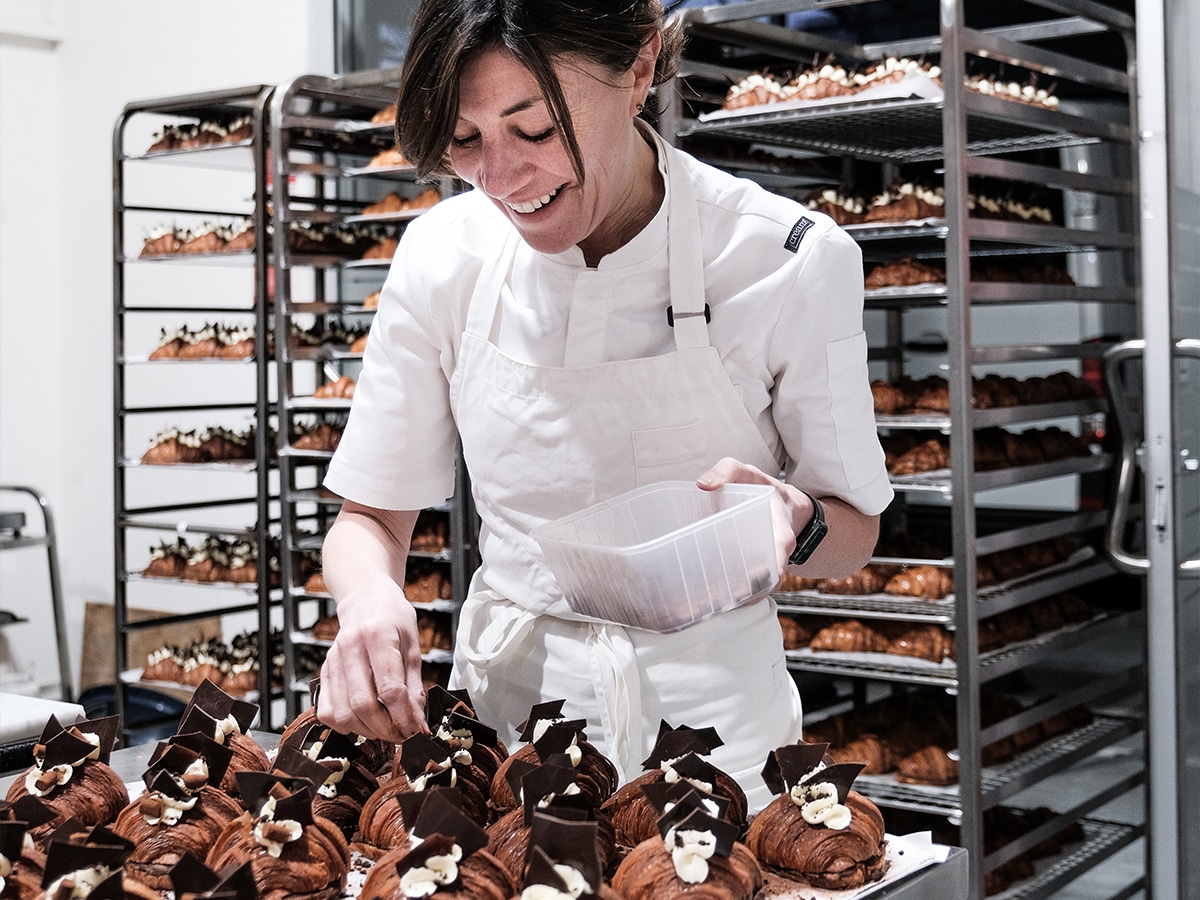
“Witnessing F1 cars in person for the first time was so seminal for me. Suddenly, this thing that I’d watched happening on the other side of the world was a real thing in front of me.”
For the young and impressionable Kate, that fleeting moment on the racetrack was enough to change her trajectory. She saw firsthand the impact that engineering can have on the outcome of race, gaining insights into the minute details that make up the sum of all parts. It was entirely transcendent.
“It was a technical masterpiece, the pinnacle of engineering—how a car could travel so fast on a tight, windy city circuit, corner, brake, and use aerodynamics. The whole thing captivated me,” she says. “I was about 13 at the time, and I remember thinking that day, “Oh, this has to be the rest of my life.” From then on, every ounce of every brain cell I had was directed toward Formula 1. I was trying to learn about the statistics and the engineering behind it.”
“Watching Formula 1 ticked two boxes for me. It meant that I got one-on-one uninterrupted time with my dad, but it also meant I was allowed to stay up late on a school night. Even though it’s summer over in Europe, it’s winter back in Australia, so it’s cold and cozy, and I got to watch this incredible feat of technical mastery happen in this crazy glamorous circus around the world, all from my living room from a very young age.”
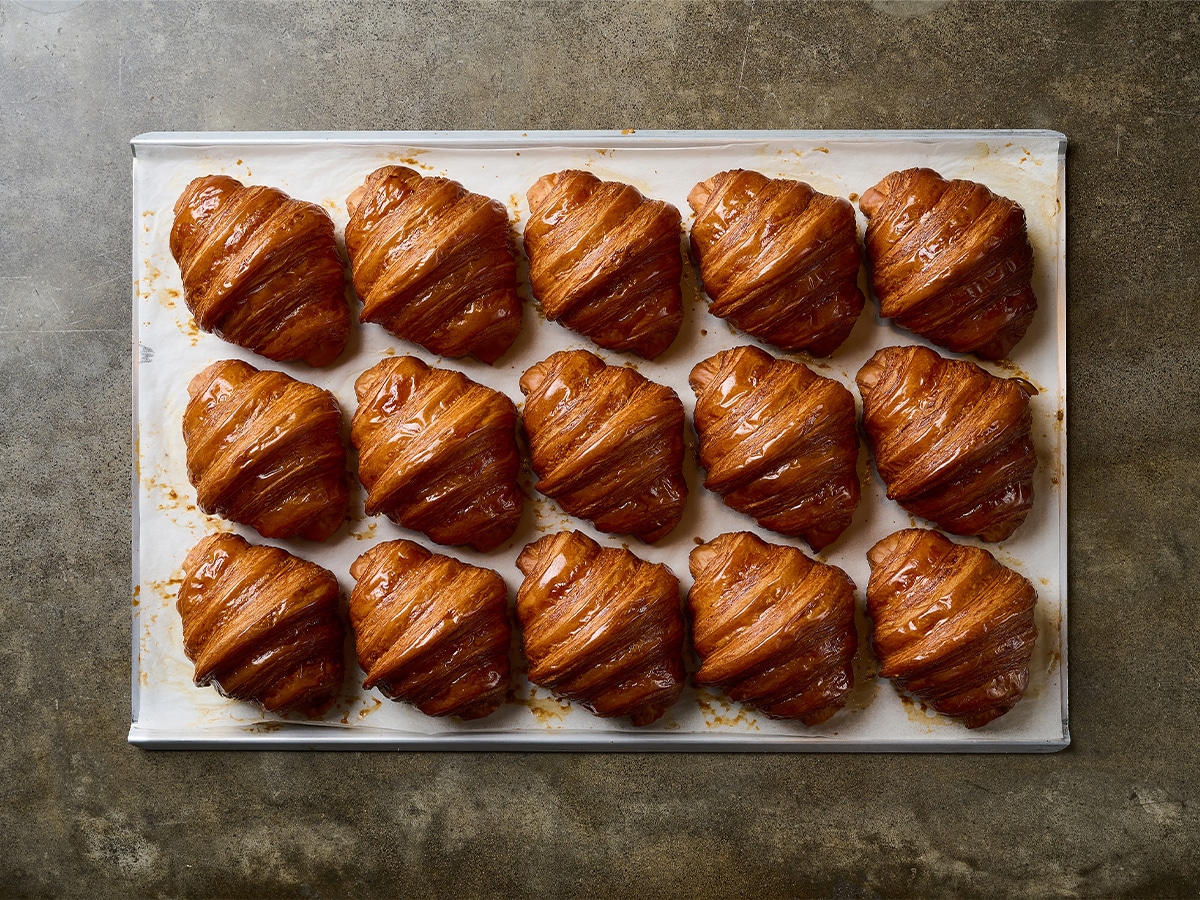
It was during these cozy winters that Reid developed a love for Formula 1, and she wasn’t quiet about achieving her lofty goals from a young age. She wrote a note to herself at the age of 14 that bluntly stated she would have a job at Williams F1 by the age of 25.
“It was the year Damon Hill won the World Championship, and he was my favourite driver. For Christmas that year, Mum and Dad bought me this beautiful coffee table book about Damon Hill’s World Championship-winning season. I found it a few years ago, and a note fell out of the front of it. When Mum and Dad gave me the book, 14-year-old me wrote a letter to herself saying, “By the age of 25, I want to have been offered a job at Williams F1,” because that’s where Damon was.”
Despite her early career successes as an aerodynamicist for a Formula 1 team, and the ongoing success of Lune Croissanterie, Kate is a very humble person and she doesn’t shout her successes from the rafters. However, Kate achieved her goal of working for Williams F1 two years ahead of schedule when she landed a job as an aerodynamicist for the team at the ripe old age of 23.
“This year at the Australian Grand Prix, Mick Doohan and Jack Doohan did a father-son comparison. Jack was in a 2004 Benetton, and Mick was on one of his MotoGP bikes. I didn’t know that session was coming up, and I was just trackside. Suddenly, the Benetton tore past me on the circuit, and I involuntarily broke into tears. The sound, the feeling, and the energy of it just took me straight back to being a kid on my first day at the circuit.”
To set herself on a path to Formula 1, Kate attended a career day at RMIT when she was in her teens. She talked to one of the lecturers who told her that an automotive engineering degree was great—it’s kind of a mechanical engineering degree that specializes in automotive—but if she wanted to work in Formula 1, where a car is more like an upside-down aeroplane than it is a car, aerospace engineering was the better option.
“I got into aerospace at RMIT and did my degree there. I remember my first year of university as one of the best years of my life. Suddenly, I wasn’t having to study English or PE or something else that didn’t feel relevant to Formula 1. Every ounce of my learning was directed toward what my career was going to be. I just remember feeling like I was in exactly the right spot, learning exactly what I needed to be, and I was one huge step closer to a career in Formula 1.”
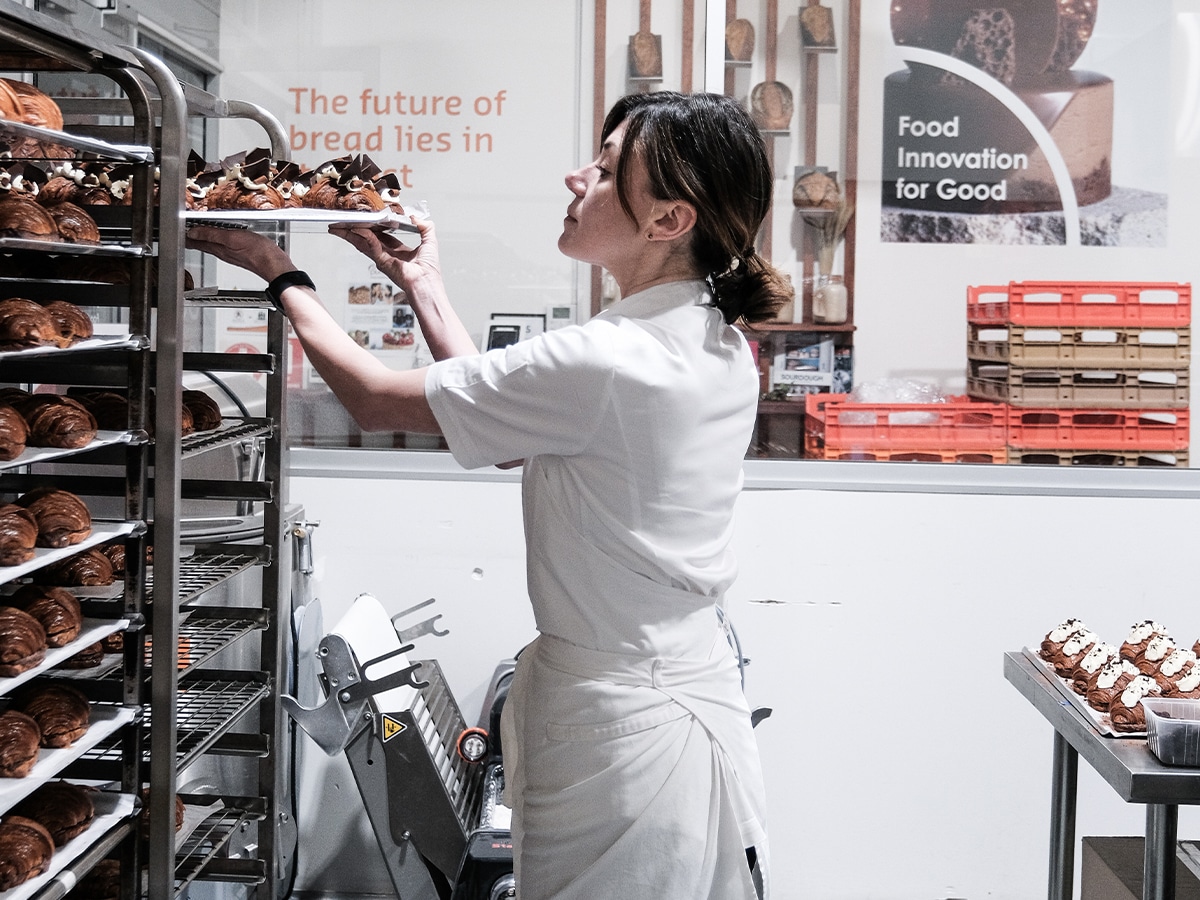
It wasn’t long before Kate landed her job at Williams, though, she tells me that it was very different from what she imagined. “I had spent years building up this idea of working in F1 as the pinnacle of motorsport—a place full of innovation, collaboration, and excitement. Instead, I found myself in an engineering office with 30 people, most of whom were introverted and focused solely on computer-aided engineering.”
The reality didn’t match Kate’s expectations, and it didn’t suit her personality. She tells me that she developed depression, which later manifested as an eating disorder. Somehow, someway, this was what led her towards pastry.
“I channelled all my energy into controlling my food and exercise. Ironically, my love of engineering and precision found an outlet in baking. Pastry became a new passion, offering the same scientific precision and room for experimentation that I loved about engineering.”
“The ironic thing about an eating disorder is that when you starve your body, all you can think about is food, which is torture. It makes sense because your body is sending signals to your brain, telling you to eat. You don’t dream about eating healthy food, no, you dream about eating the thing you love most. For me, that was baked goods. I discovered that baking them became a way to channel my need for precision and creativity.”
“Baked goods are more of a science than a cuisine. You have to weigh the ingredients perfectly and follow the method exactly. If you deviate from the method, it won’t rise properly or bake as it should.”
“Instead of eating baked goods, I started baking them as a way to vicariously live through the process. It made me happy, and I’d bring them to the office. I noticed that something as simple as a baked good could change the mood of a place. For ten minutes, everyone would stop their work and come together. It created a sense of community.
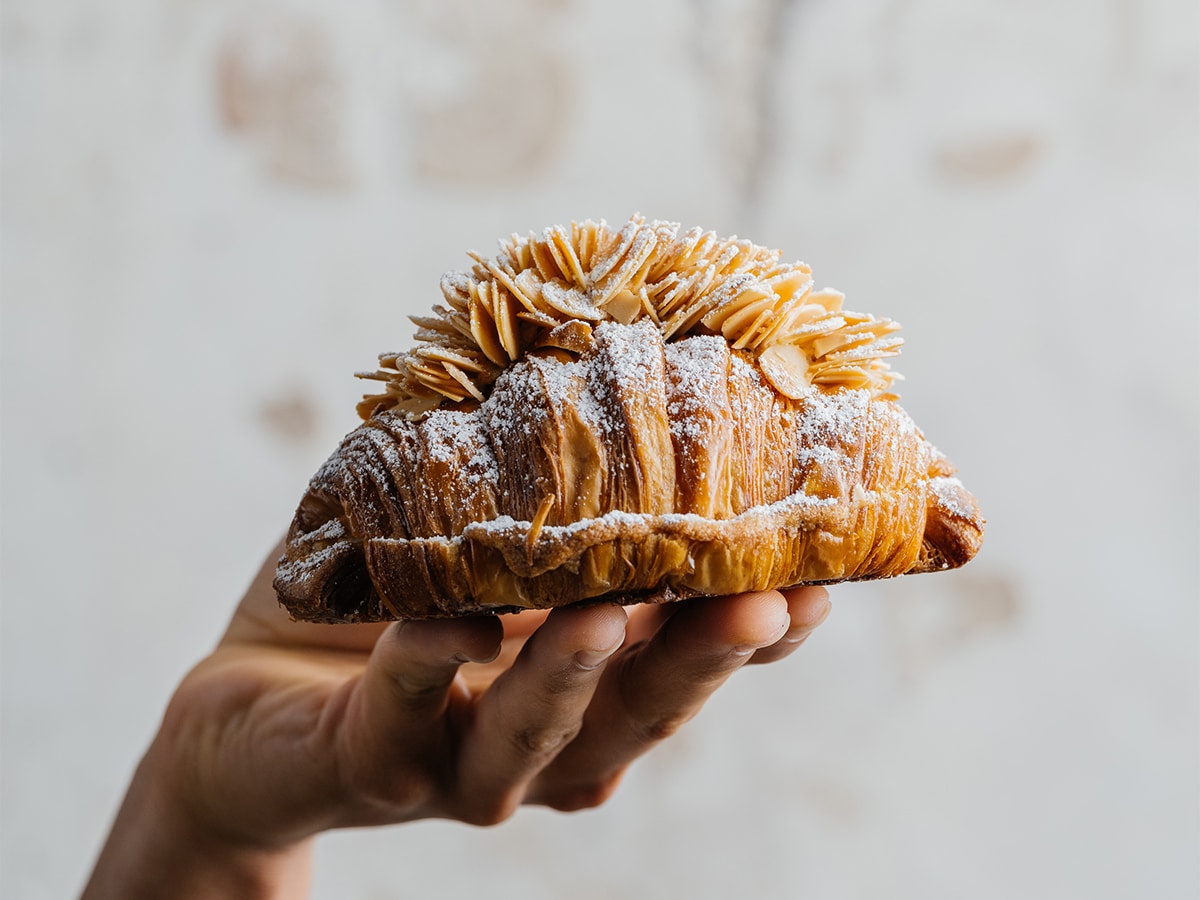
Eventually, Kate became too unwell to stay in the UK, and her dad flew over to bring her home. By then, she had a seed of an idea that she wanted to pursue a career as a pastry chef. “I started with small jobs in cafes, and eventually, one amazing woman gave me an opportunity. Even though I had no commercial baking experience, she trusted me to make cakes, muffins, and biscuits for her cafe.” This gave Kate a chance to explore baking professionally without fear of giving up years of engineering study.
“While working for her, I started to feel the need to challenge myself. I found myself drawn to French pastry, which required more technical precision. I checked out a book from the library that celebrated patisseries in Paris, and when I flipped it open, I saw a photograph of a spread of pain au chocolat. My engineering brain saw not just pastries but something resembling an airfoil. I was so mesmerised that I closed the book, went straight to a travel agent, and booked a ticket to Paris.”
Kate visited the boulangerie in Paris where the photo had been taken. She was captivated by the space and eventually reached out to the owner, who despite a lack of experience, saw passion in Kate and offered her an apprenticeship. She spent a month working in his raw pastry kitchen, mostly on viennoiserie and croissants, which take three days to make and require precision at every step.
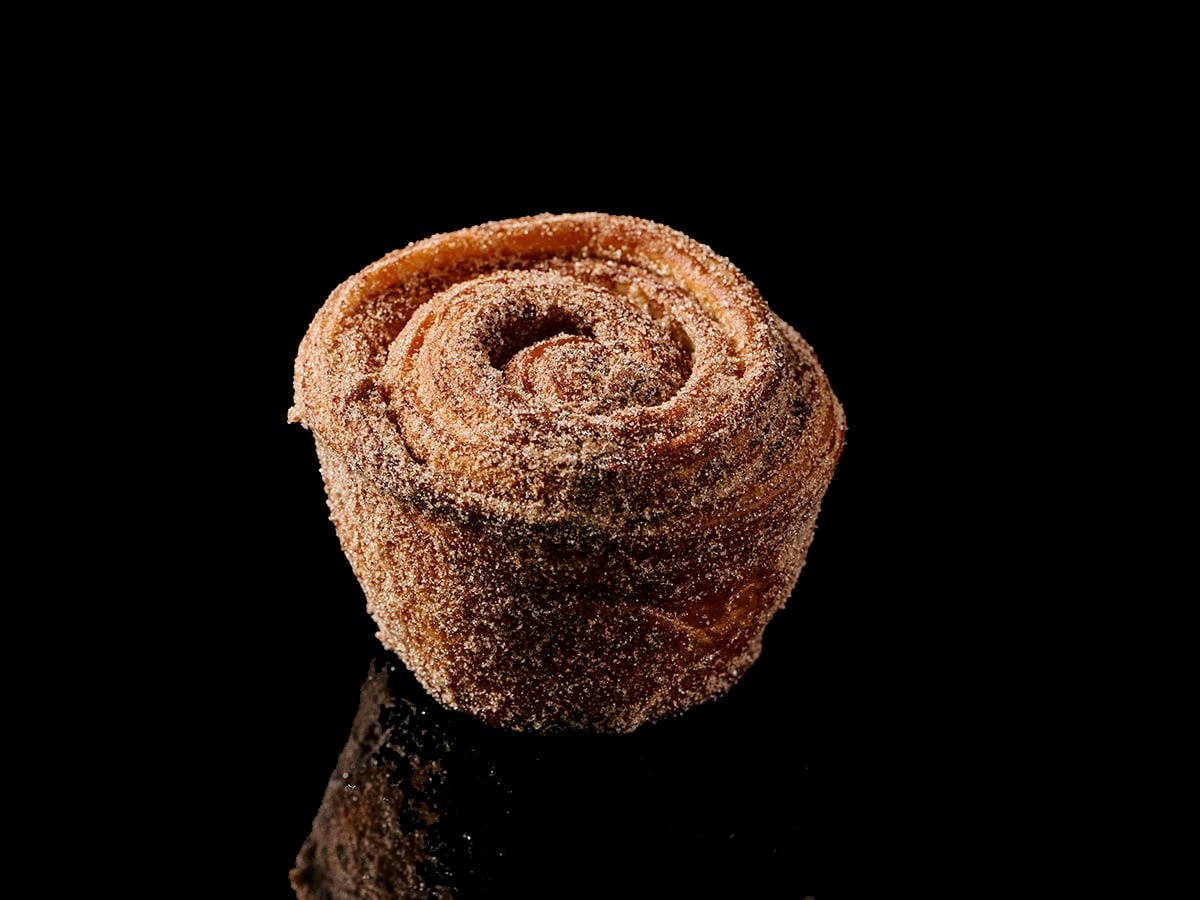
“I loved that month in Paris. However, I had to return to Melbourne because I wasn’t earning a salary, and my cafe job back home asked me to come back.”
“I thought I knew everything about croissants by then, but I quickly realized I had only learned a fraction of what was necessary. Back in Melbourne, I set out to find a bakery where I could continue learning. Unfortunately, I discovered that Melbourne didn’t have croissants that matched the quality of those in Paris. The croissants here were pale, bready, and anemic. That realization sparked the idea for Lune.”
When she returned to Melbourne, the specialty coffee scene was thriving with espresso bars that brought great coffee but subpar baked goods. Kate saw a gap in the market and thought, “These places need great croissants.”
“I decided to create a bakery specializing in croissants to supply Melbourne’s best coffee spots. I spent all my savings on equipment, registered the business, and developed a logo. When I started testing recipes, I realized how little I actually knew about making croissants. I decided to approach it like an engineer solving a problem. Through experimentation, testing, and data analysis, I reverse-engineered the process. After months of daily work, I landed on a product I was happy to take to market. That’s how Lune was born.”
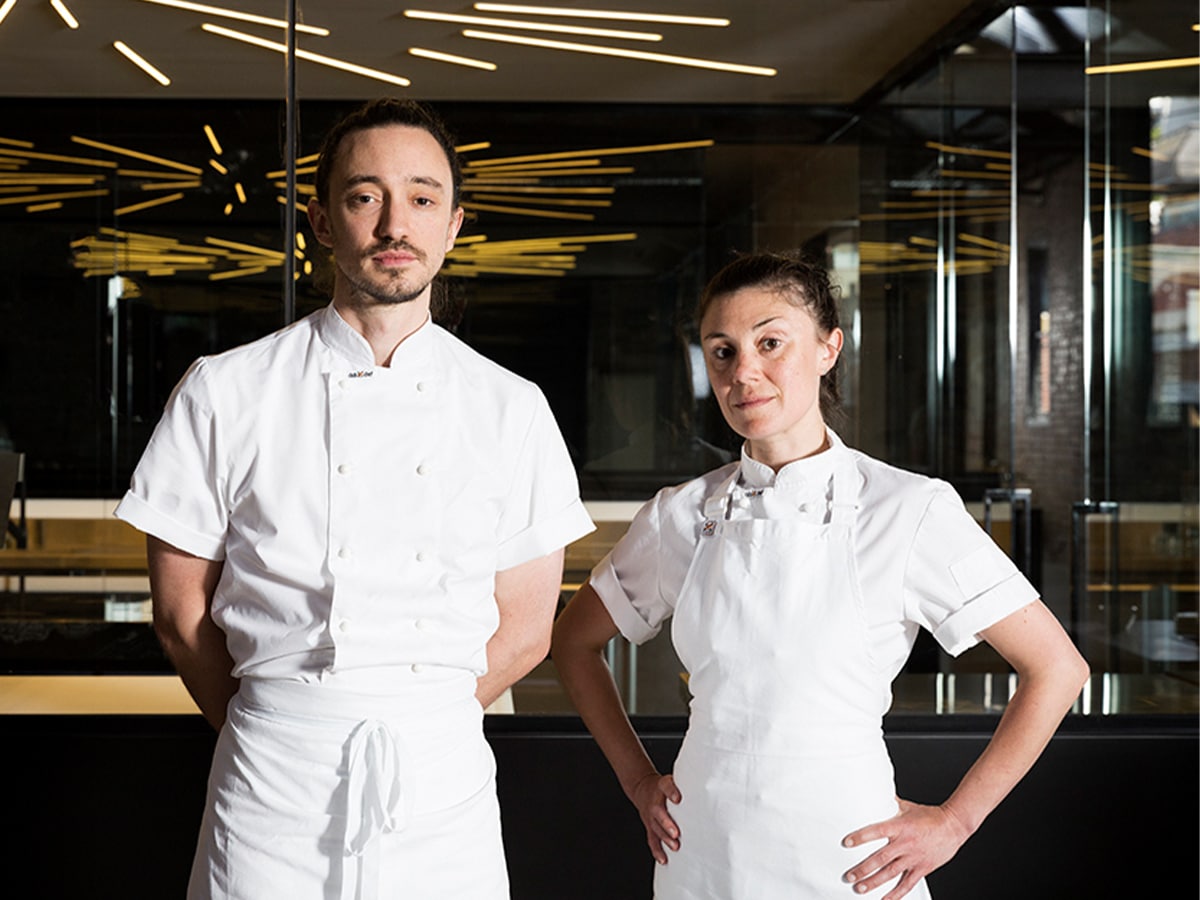
Lune quickly grew, and today they produce about 38,000 croissants a week in their Melbourne stores alone. Over the years, they’ve expanded to Brisbane and now Sydney. The Sydney Rosebery location is designed to reflect the original Fitzroy store, with a production kitchen and a glass cube where customers can watch the raw pastry being made. Kate says it’s important that each new location feels like part of Lune’s story while offering something unique to its community. It’s due to open on Saturday 7th of December, 2024. However, that’s not the end of expansion for Lune.
“Looking ahead, we’re exploring international expansion. We’d like to do an overseas pop-up in 2025 to test the waters for bringing Lune to a foreign market. For me, the challenge is exciting. I want to see if the concept and love for our product can translate globally.”
“Ultimately, Lune is about more than just pastries. It’s about creating experiences that bring joy and community while continually innovating. We even have an innovation policy where staff can propose and test new ideas to improve any aspect of the business, from product quality to customer experience. That spirit of innovation is what drives me, much like it did when I dreamed of working in Formula 1. Now, instead of cars, I apply that same passion to pastries.”


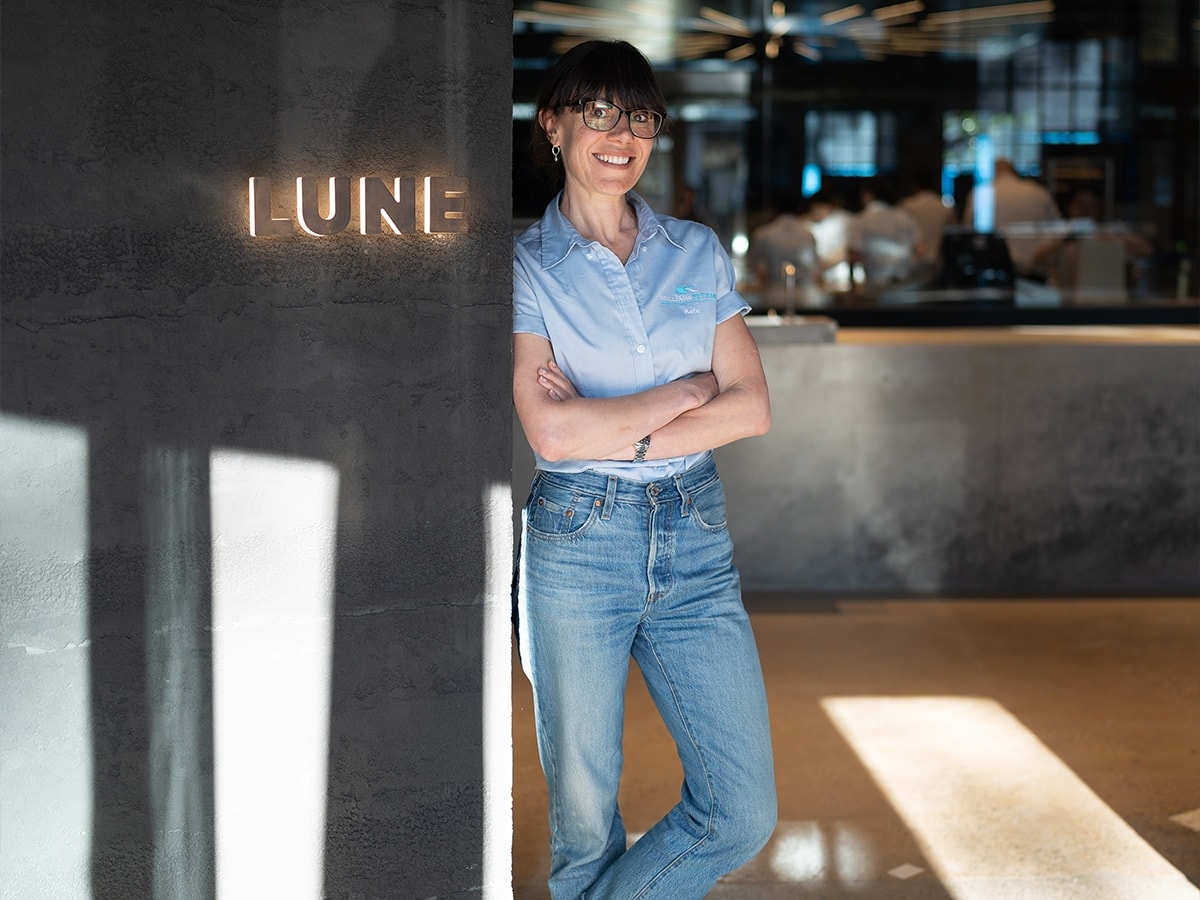


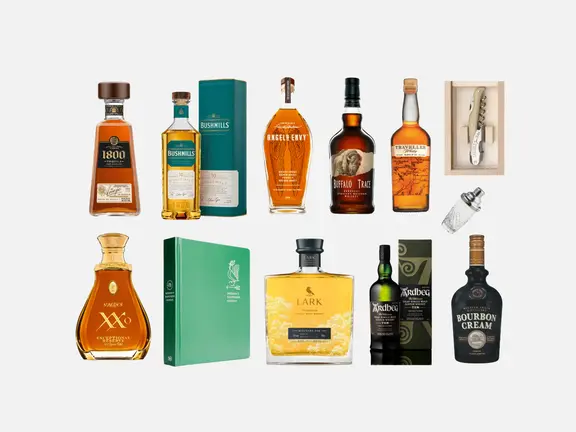



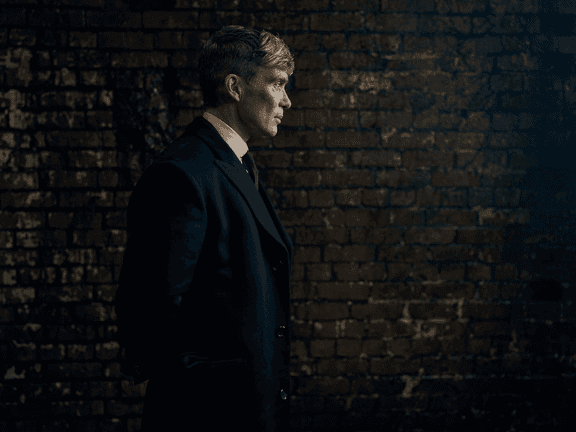


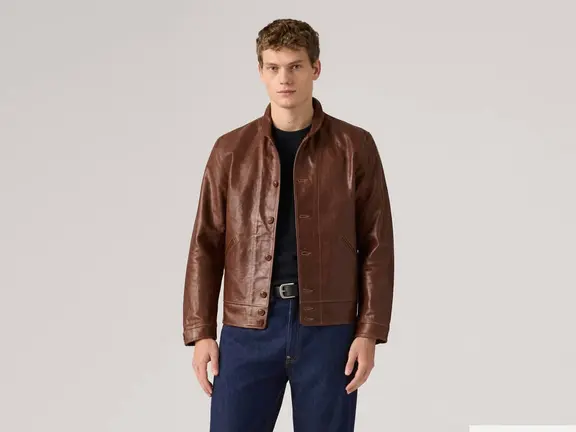

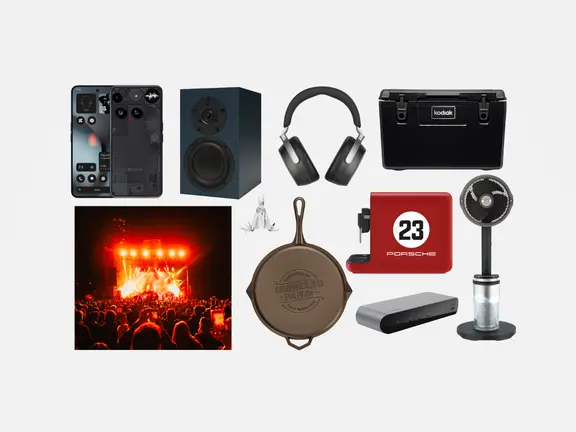
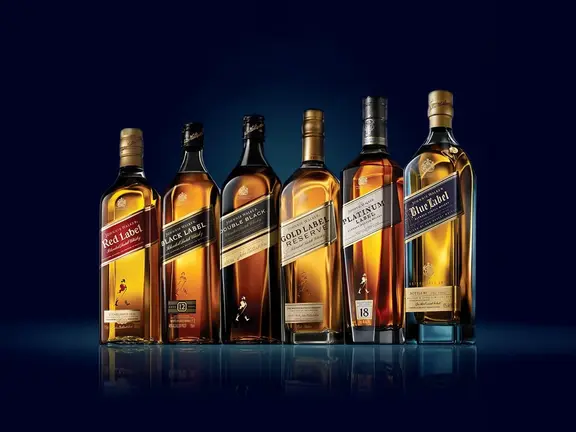

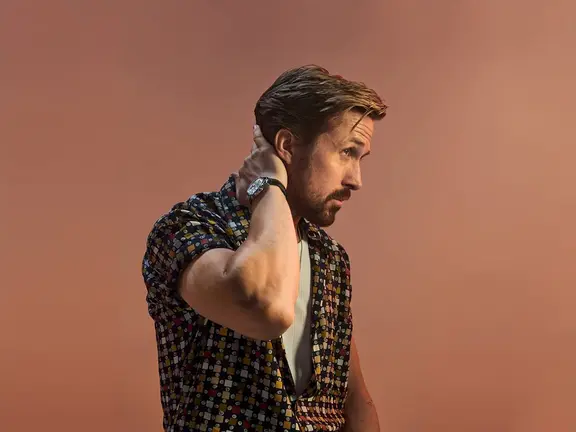
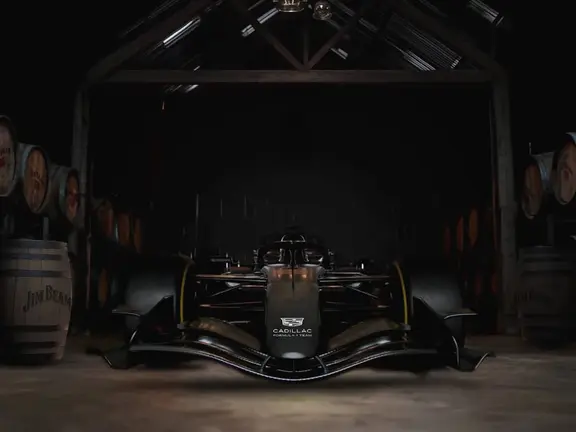


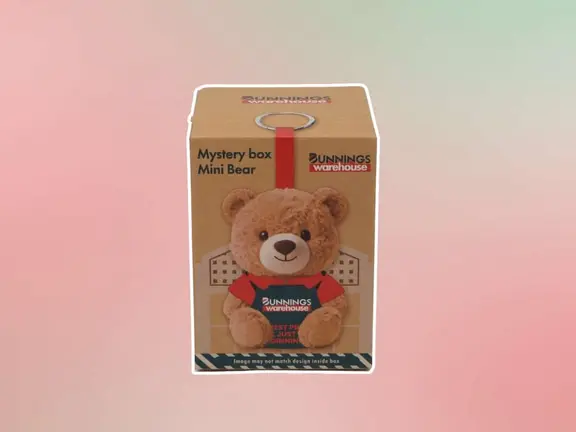










Comments
We love hearing from you. or to leave a comment.